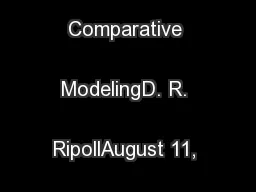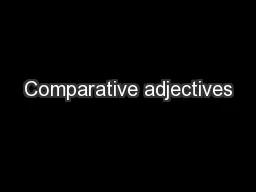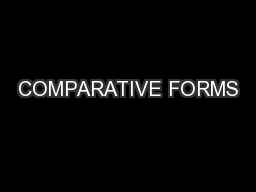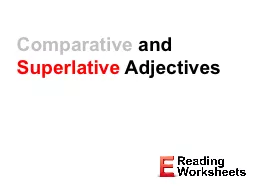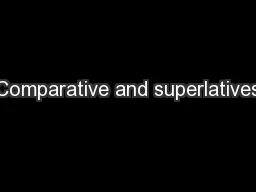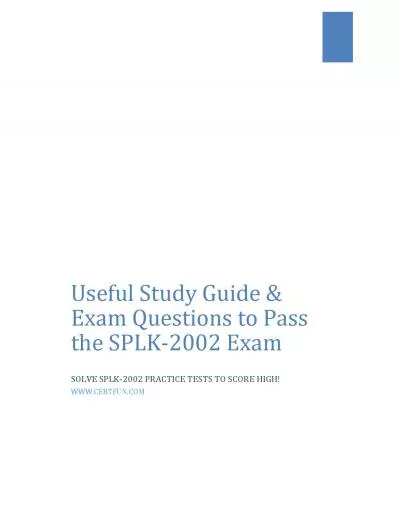PDF-Using MODELLER for Comparative ModelingD. R. RipollAugust 11, 2002 ...
Author : sherrill-nordquist | Published Date : 2015-09-08
149is a program for comparative modeling written by Prof 138ali146sgroup at Rockefeller UniversityThe program uses a scripting languageThe user provides an alignmentof
Presentation Embed Code
Download Presentation
Download Presentation The PPT/PDF document "Using MODELLER for Comparative ModelingD..." is the property of its rightful owner. Permission is granted to download and print the materials on this website for personal, non-commercial use only, and to display it on your personal computer provided you do not modify the materials and that you retain all copyright notices contained in the materials. By downloading content from our website, you accept the terms of this agreement.
Using MODELLER for Comparative ModelingD. R. RipollAugust 11, 2002 ...: Transcript
Download Rules Of Document
"Using MODELLER for Comparative ModelingD. R. RipollAugust 11, 2002
..."The content belongs to its owner. You may download and print it for personal use, without modification, and keep all copyright notices. By downloading, you agree to these terms.
Related Documents

